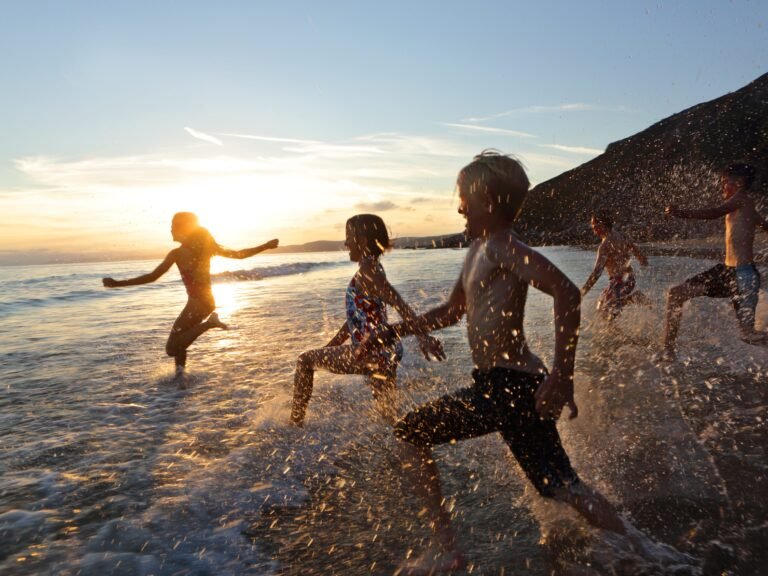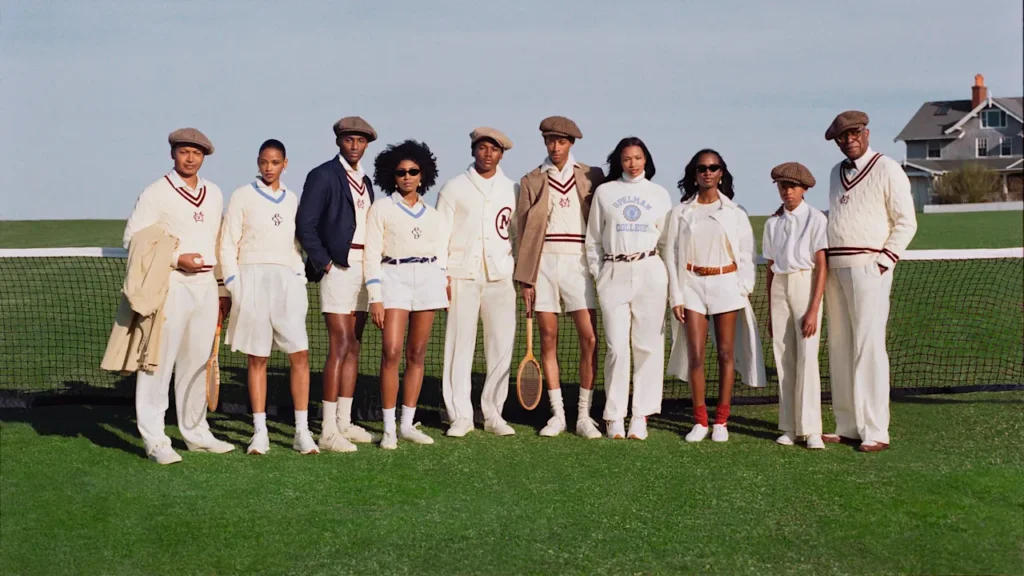
In Ralph Lauren’s latest campaign, Black men, women, and children wear the brand’s traditionally preppy clothes against idyllic coastal backdrops. The collection isn’t just some sort of woke fantasy of a post-racial America. It’s grounded in a very specific history that many Americans aren’t familiar with.
The setting of this campaign is Oak Bluffs, a section of Martha’s Vineyard that has been home to Black communities for more than a hundred years. Oak Bluffs was a haven for educated, middle-class Black families looking for respite in a racist, segregated country. And in this place of relative peace and safety, Black people were able to nurture excellence. Key figures of the Harlem Renaissance and Civil Rights Movement, from Langston Hughes to Martin Luther King Jr., spent time there. President Barack Obama vacationed there with his family and now owns a house in a neighboring town.
Ralph Lauren delves into this history in a gorgeous short film full of archival footage created in partnership with Morehouse and Spelman colleges. Directed by Cole Brown, A Portrait of the American Dream is a radical statement in our current cultural climate, when the notions of diversity, equity, and inclusion are under attack.
Here is an American brand that understands how to meet the needs of Black consumers, who are expected to spend as much as $70 billion on fashion by 2030, according to McKinsey. Many pieces in this collection are already sold out. Rather than making a superficial effort to get these consumers to spend money, Ralph Lauren is doing the work.
The company began partnering with the historically Black Morehouse and Spelman colleges in 2022, working closely with Black academics and cultural critics to understand how students there helped influence preppy fashion as we know it. The Oak Bluff collection goes deeper, reflecting how members of the Black middle class enjoyed their leisure time.
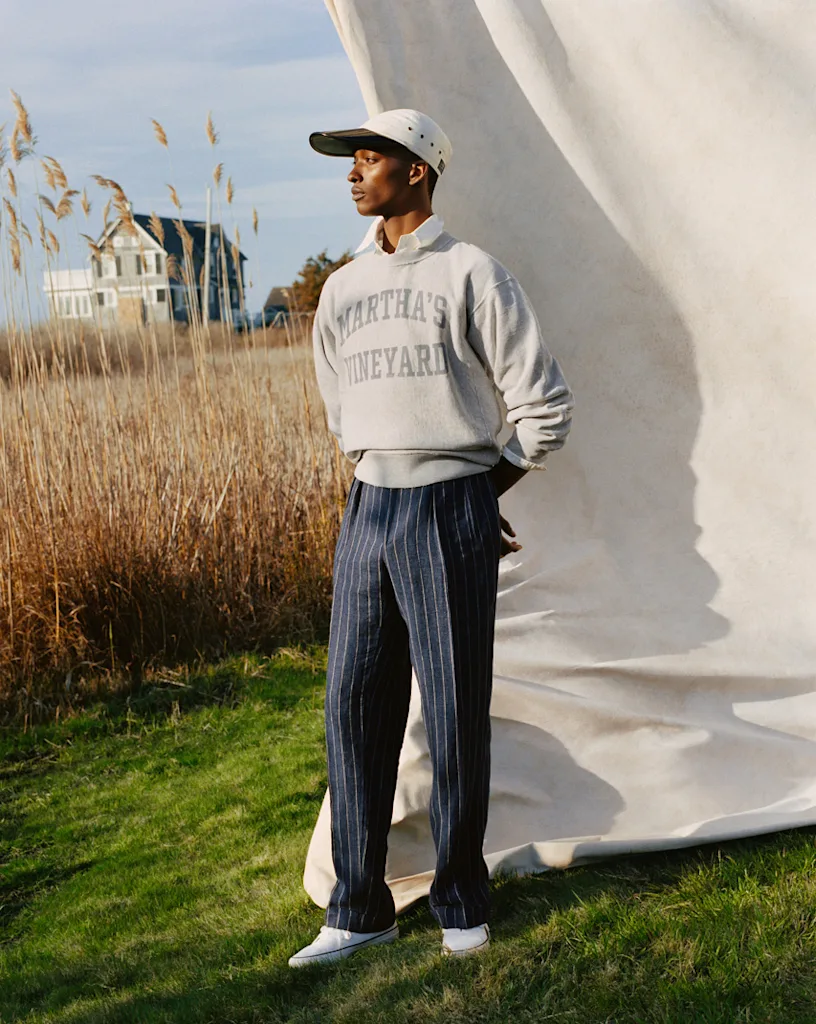
A tale of two fashion ads
Ralph Lauren’s new collection offers a contrast to American Eagle, which has been mired in controversy because of its recent campaign featuring Sydney Sweeney. As my colleague Jeff Beer explains, American Eagle’s campaign hinged on the double entendre that Sweeney has great jeans and great genes.
In a video, the actress provides a scientific explanation of genetics, describing how genes pass physical traits from parents to offspring. Given that Sweeney is a blond-haired, blue-eyed woman, many people thought this ad reeked of eugenics, the idea that some people have better genes than others and that society should prevent the reproduction of those considered “unfit.”
The outcry about the American Eagle campaign featuring Sweeney has everything to do with the political and cultural climate we’re living in. The extreme right—which includes white supremacists and neo-Nazis—is on the rise, while the Trump administration attacks organizations that invest in DEI programs.
In this context, it’s no surprise that a campaign about how a white woman has good genes evokes the most horrific aspects of racist history. The fact that American Eagle could not foresee how this campaign could go wrong suggests that it did not receive enough feedback from diverse people as it created its ad. Either the company did not have people in the room willing to point out how troubling it was, or the company didn’t listen to those who did speak up.
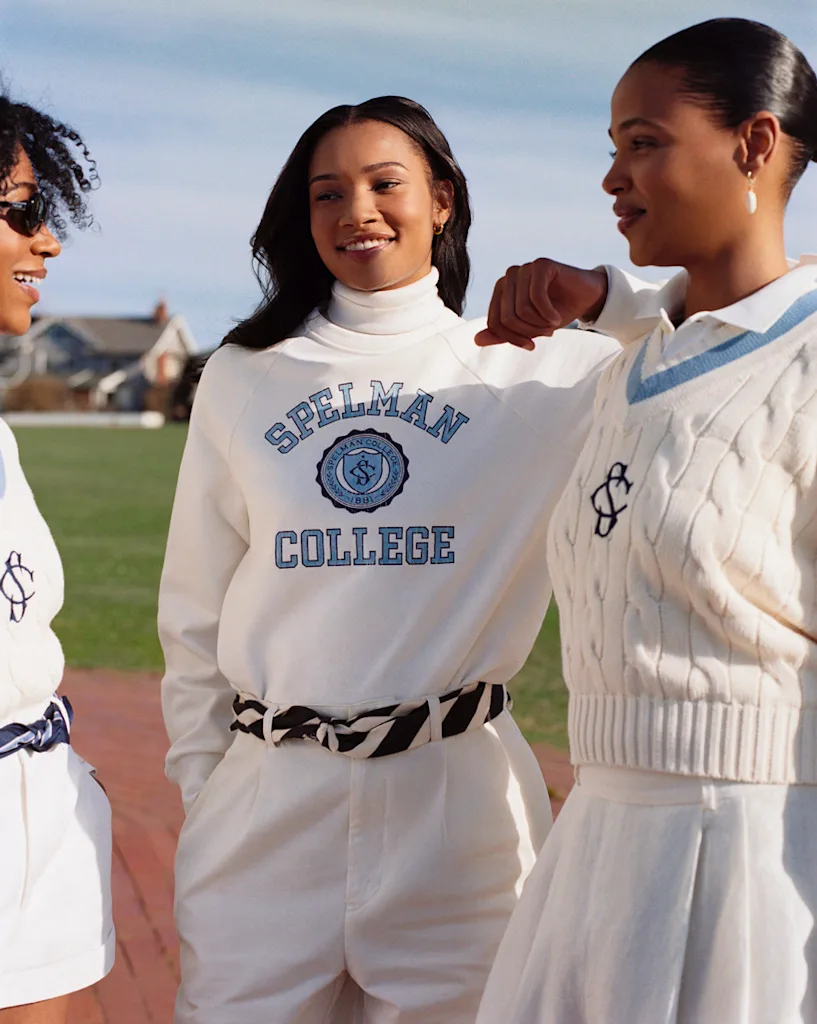
Ralph Lauren has taken a very different approach with its design process and marketing in recent years. It doesn’t just create clothes that celebrate the diverse strains of American history; it works closely with diverse designers, creatives, and thought leaders.
To create the Oak Bluff collection, in addition to historians and cultural experts at the two HBCUs, it partnered closely with the Martha’s Vineyard African American Heritage Trail, the Martha’s Vineyard Museum, and the Smithsonian’s National Museum of African American History and Culture.
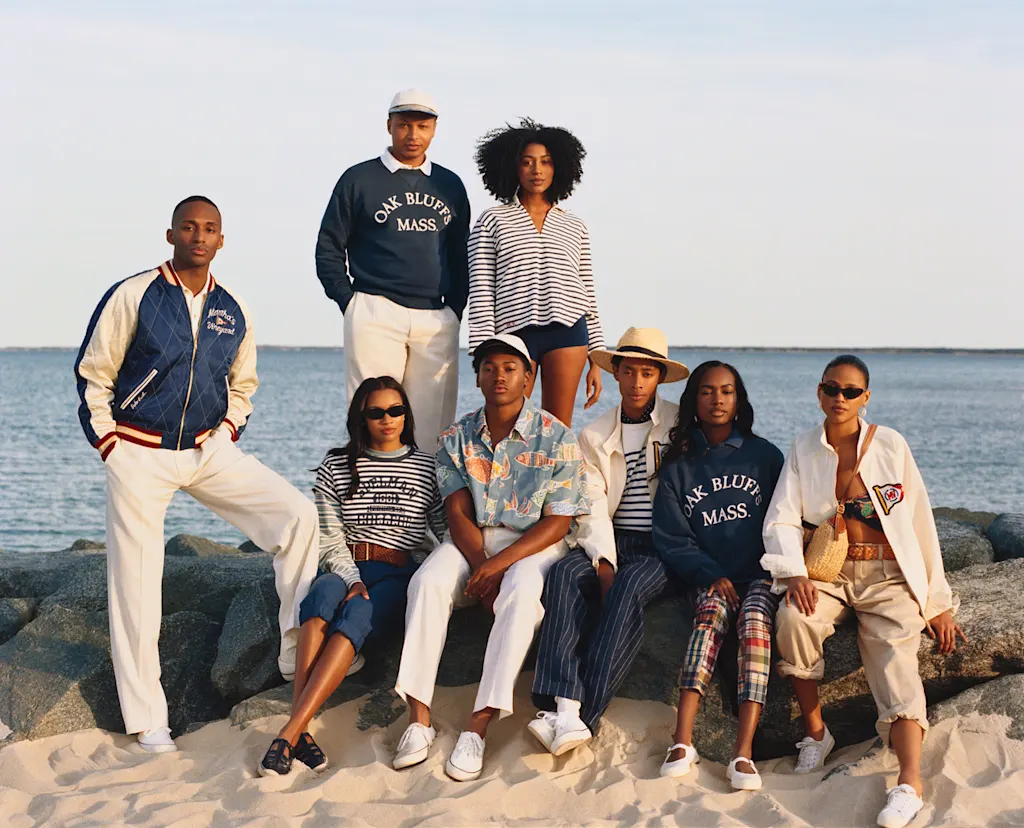
It also tapped Black creatives to produce the campaign. In addition to film director Brown, who spent summers on Martha’s Vineyard for decades, the campaign features photography by Nadine Ijewere and video footage by Azariah Bjørvig.
Consider its 2023 collection, which celebrated Native American style. Ralph Lauren brought in Naiomi Glasses, a seventh-generation Navajo textile artist and designer, to create garments inspired by her culture, and also empowered Glasses to select Native Americans as models, photographers, and creative directors. The company now has an ongoing artist-in-residence program where it brings other artisans preserving heritage crafts to collaborate with Ralph Lauren’s creative teams.
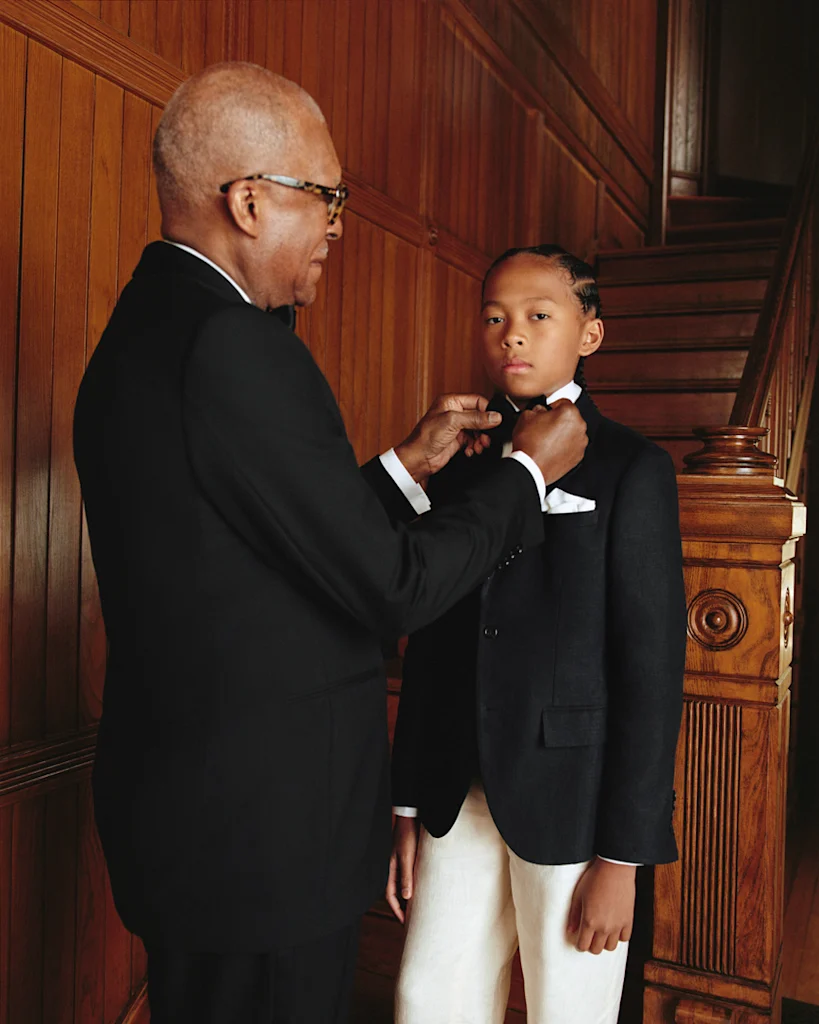
Good for business
To be clear, Ralph Lauren hasn’t always been this inclusive. For its classic American style, from preppy fashion to Native American iconograpy, in the past the 60-year-old brand appropriated aesthetics from Black and Indigenous communities, rather than collaborating with them. And the company was slow to bring in models of color for its campaigns.
The company is now willing to acknowledge its missteps and blind spots, and is trying to do things right. Its designers have learned that the way to be more inclusive is to partner with diverse creatives, listen closely to their points of view, and give them creative freedom.
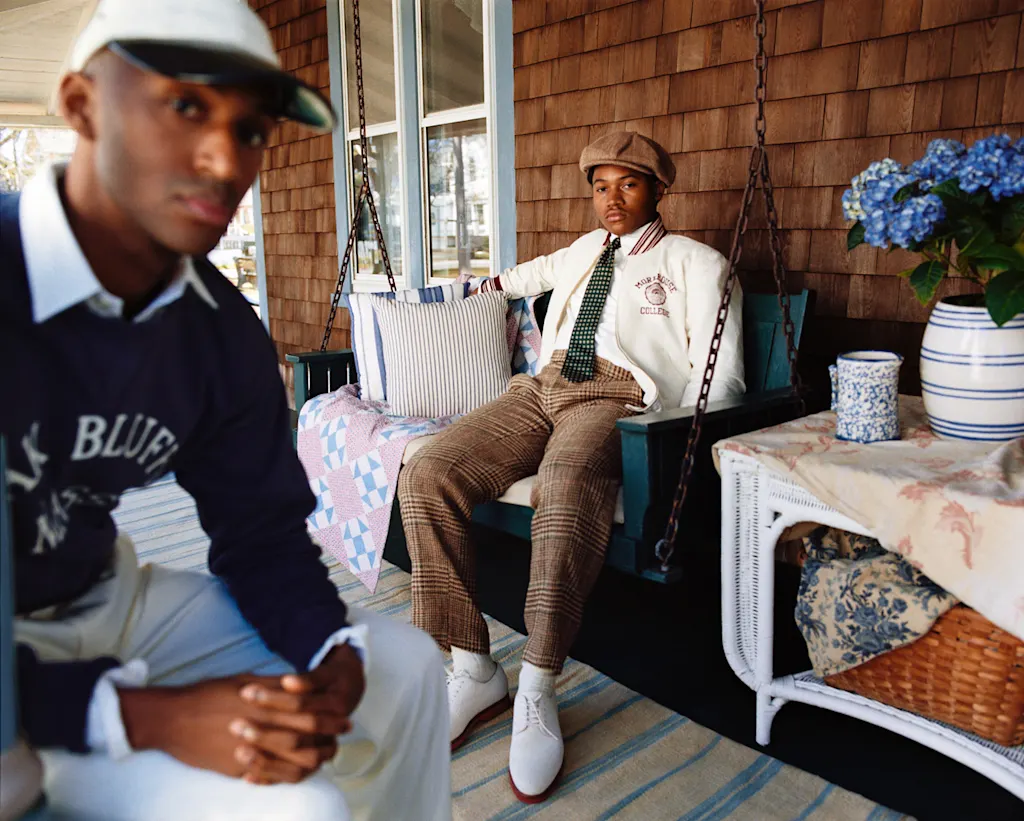
With all of these collections, Ralph Lauren also gives proceeds back to these communities. This time around, it has partnered with a nonprofit comprised of 100 Black female homeowners on Martha’s Vineyard to support historic building restoration on the island. It has devoted $2 million to support scholarships for students at 10 historically Black colleges and universities.
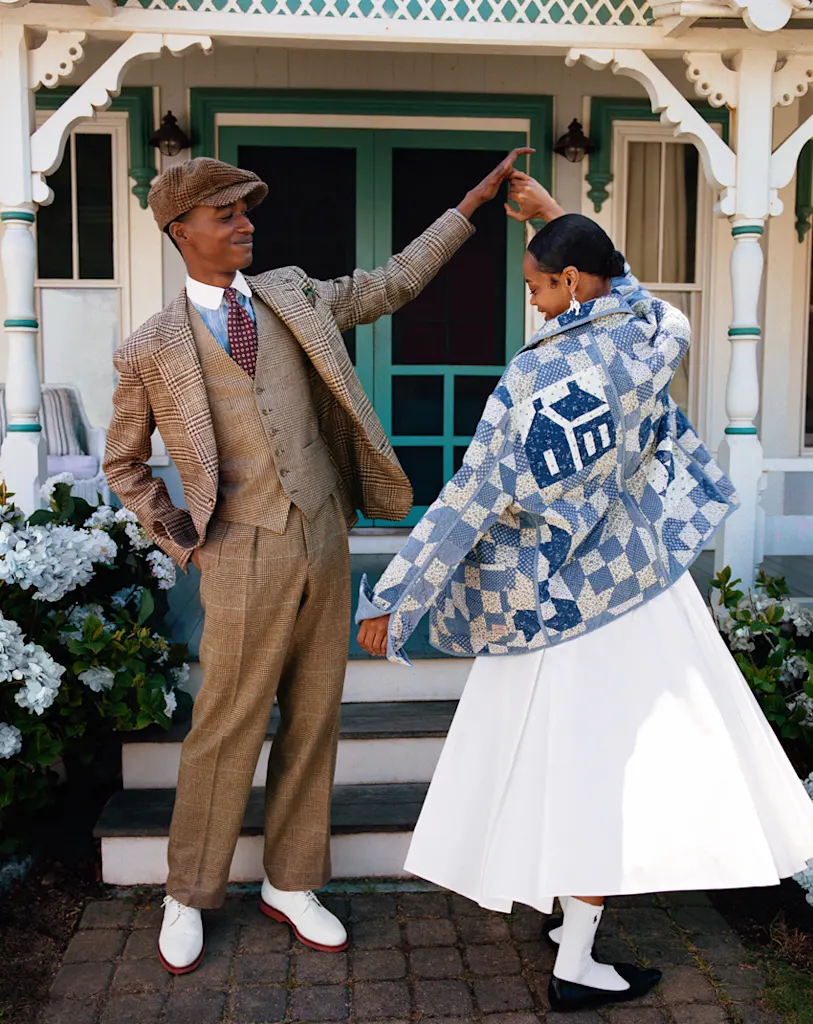
Many companies, including Target and Amazon, have backed away from their DEI initiatives in response to Trump’s executive orders targeting diversity, equity, and inclusion efforts in both the public and private sectors. So Ralph Lauren deserves credit for having the bravery to continue investing in programs that bring more diversity to its brand.
But make no mistake, this isn’t just a moral imperative. It’s good for business. America is becoming increasingly diverse. The U.S. census projects that white people will be a minority by 2045. Black and brown Americans will use their purchasing power to support brands that make an effort to understand them and respond to their needs. And they have long memories.
They will hold American Eagle’s Sweeney campaign as a mark against the brand for years to come. And they’ll remember Ralph Lauren’s Oak Bluff campaign the next time they shop for a sweater or dress.

